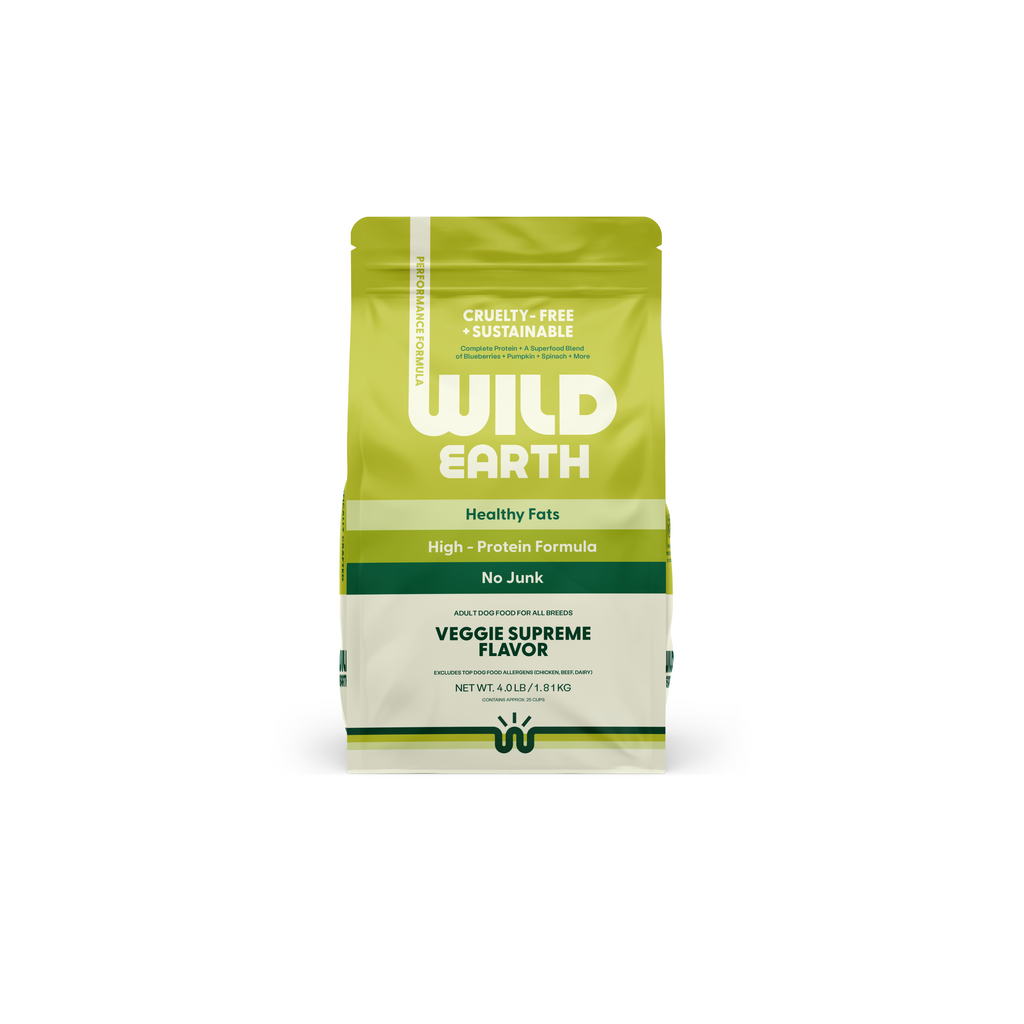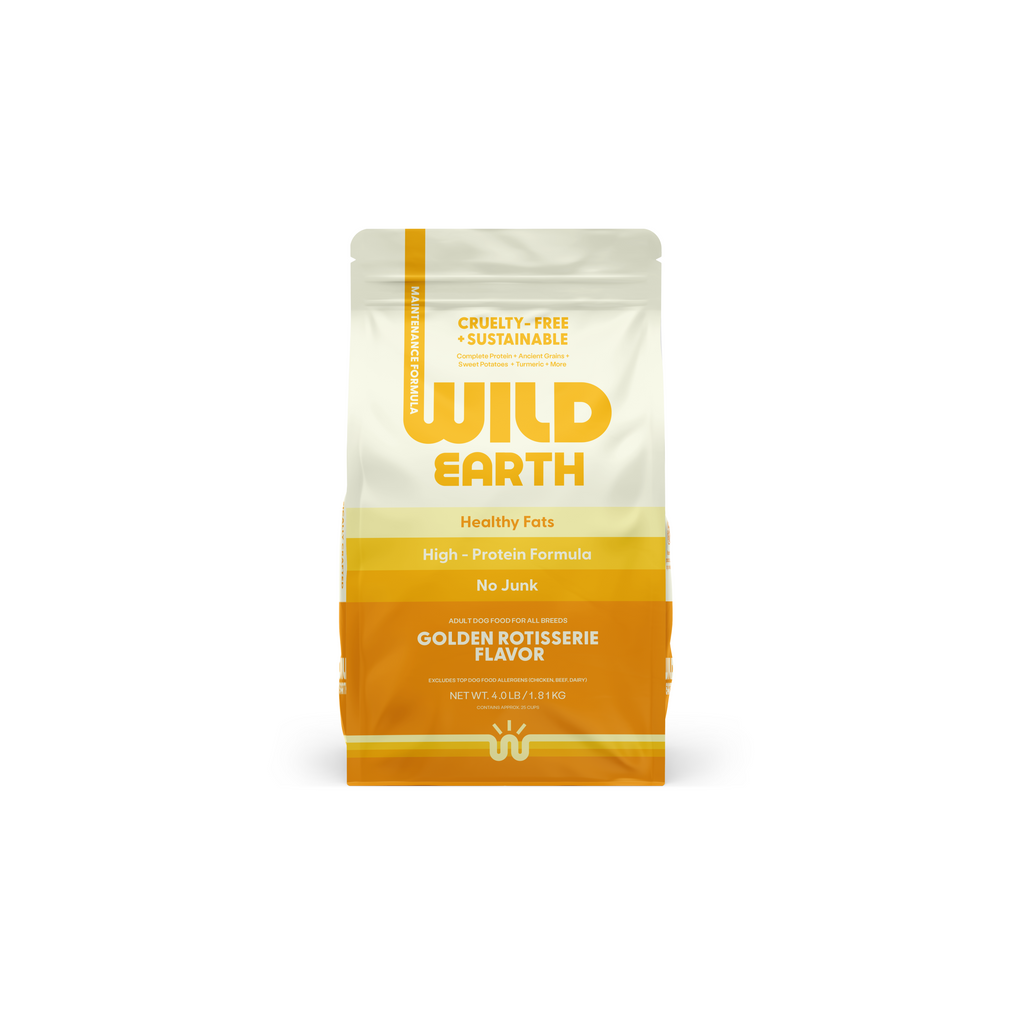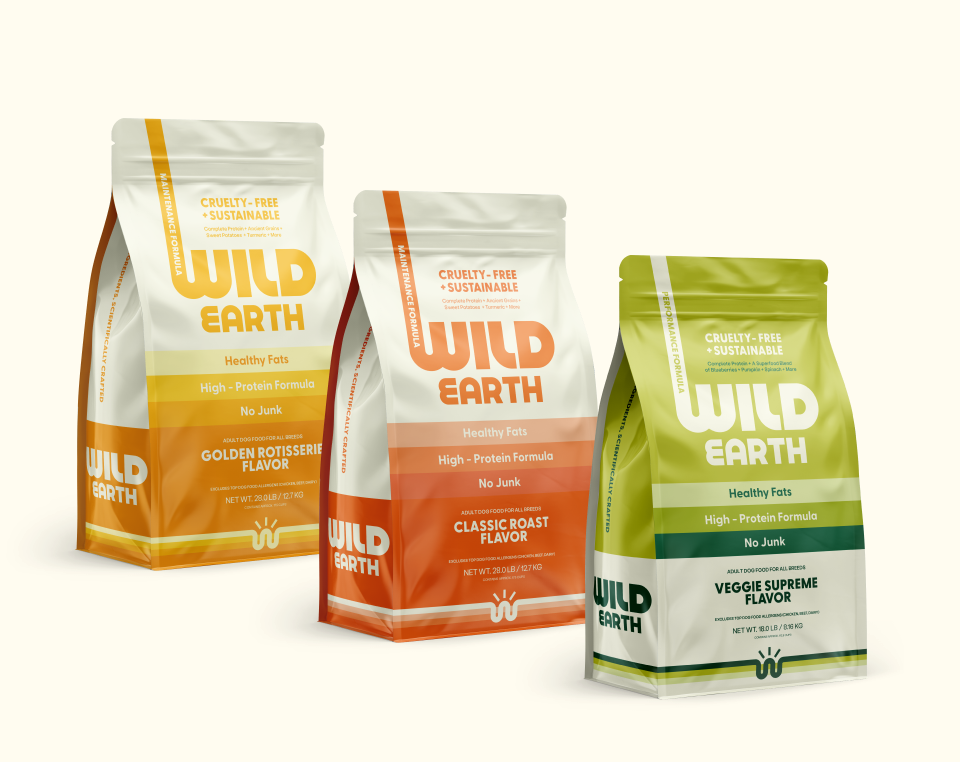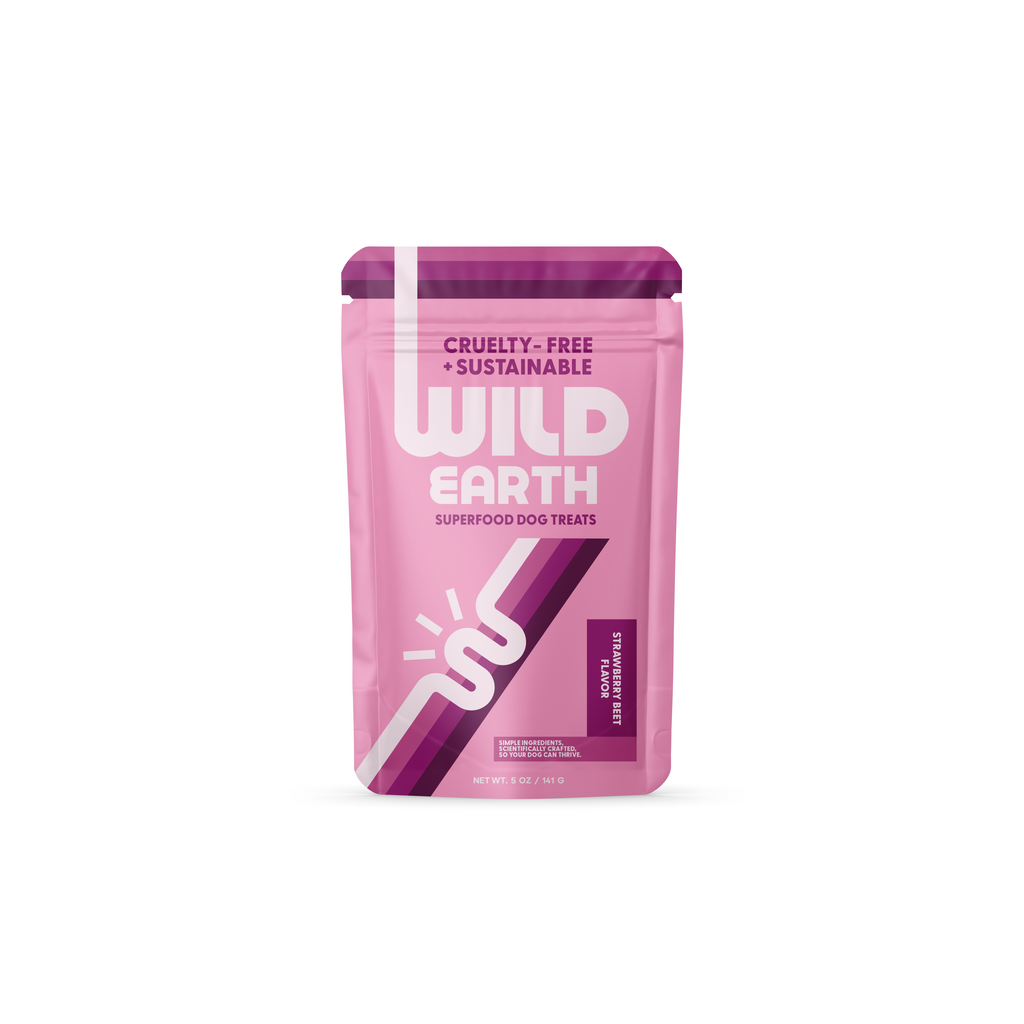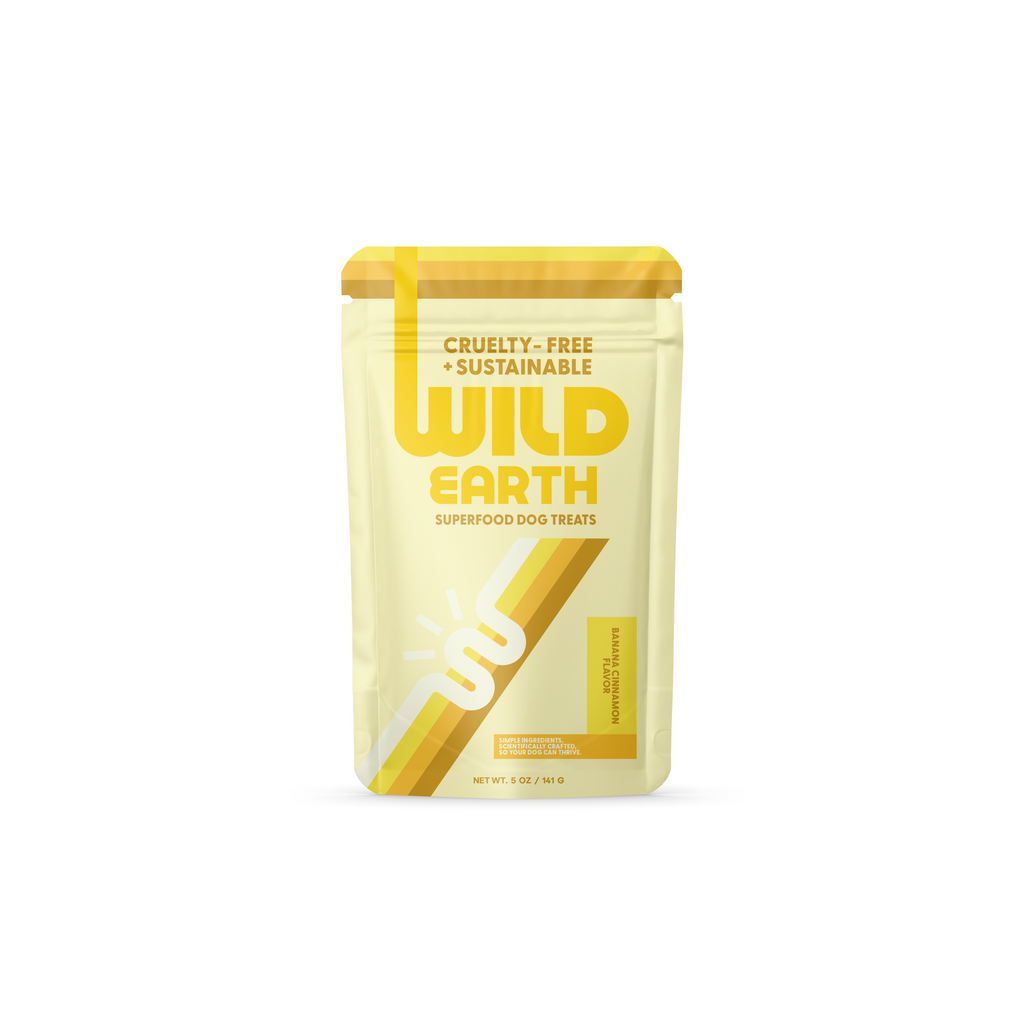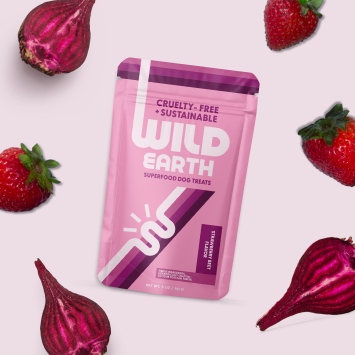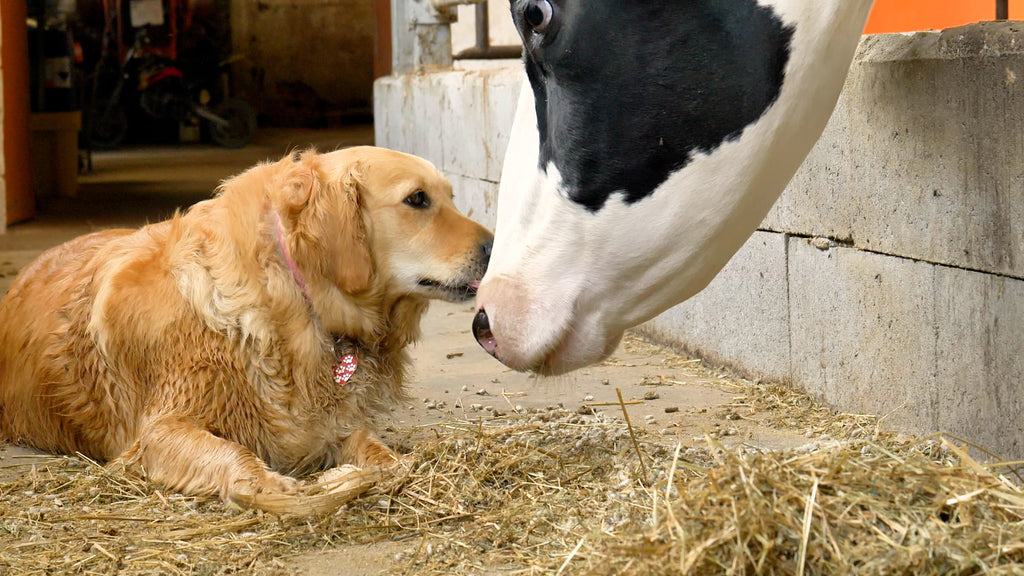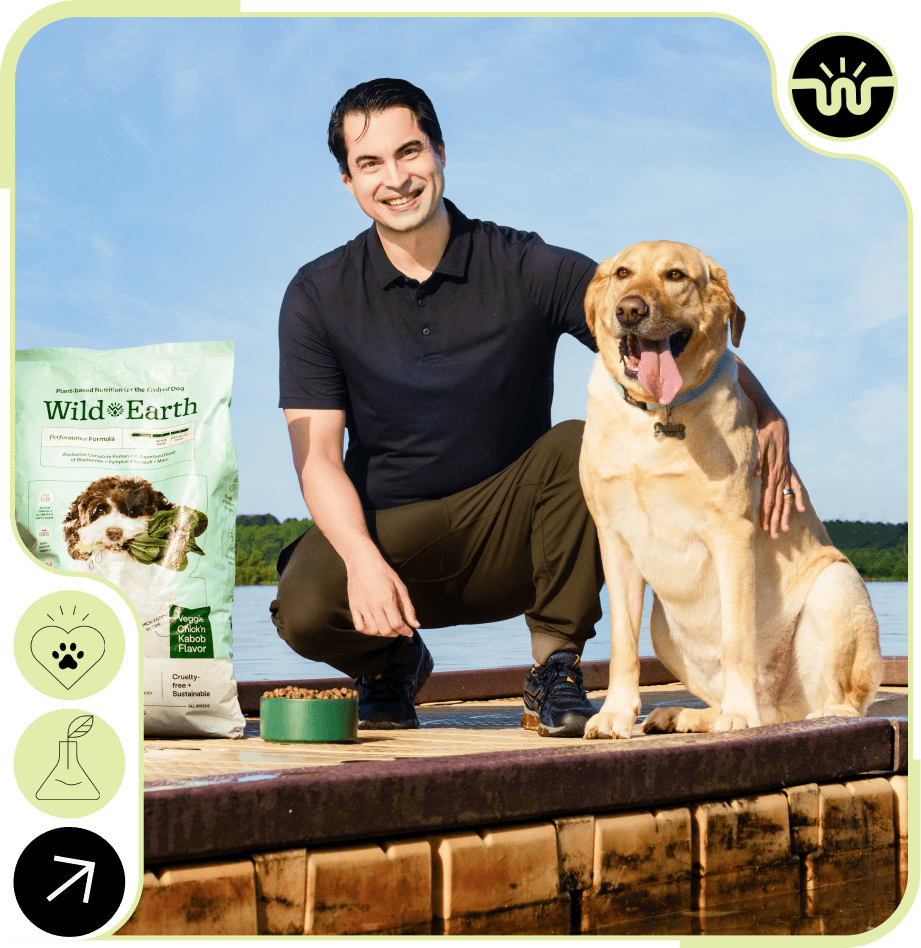
How to Transition Your Dog to a Vegan Diet
Summary:
- Transition your dog to a vegan diet gradually over 1–2 weeks by mixing vegan food with their current diet, increasing the proportion of vegan food slowly.
- Choose an AAFCO-approved vegan dog food to ensure it meets all necessary nutritional requirements.
- Monitor your dog’s digestion, energy levels, and appetite throughout the transition to ensure they adapt well.
- Regular vet checkups and possible supplementation can help maintain optimal health and prevent nutrient deficiencies.
- Be patient, observe your dog’s response closely, and adjust portions or feeding schedules as needed for a smooth transition to a sustainable, plant-based lifestyle.
Transitioning your dog to a vegan diet is a gradual process that prioritizes health, balance, and observation.
The goal is to make the switch slowly, over one to two weeks, by mixing small portions of vegan dog food into their regular meals. Throughout the transition, monitoring your dog’s digestion, energy levels, and appetite is crucial. Above all, ensure the vegan food is nutritionally complete and approved by the AAFCO, and always consult your veterinarian before making any changes to your pet’s diet.
A smooth transition not only supports your dog’s well-being but also builds the foundation for a long-term plant-based lifestyle that aligns with your ethical or environmental values.
Why Transition to a Vegan Diet for Dogs?
Many pet owners choose to transition their dogs to a vegan diet for ethical, environmental, or health reasons. A well-balanced vegan diet can support healthy weight, energy, and digestion when done correctly.
It’s important to base your decision on science and your dog’s unique health needs, rather than preference alone. Always prioritize complete nutrition over ideology, and select a formula that is specifically designed for canine health.
Step-by-Step Transition Guide
Step 1: Choose a Nutritionally Complete Vegan Dog Food
Select an AAFCO-approved vegan dog food, such as those offered by Wild Earth. These formulas are specifically designed to meet all of your dog’s nutritional needs.
Step 2: Start the Transition Gradually
On Day 1, mix approximately 25% vegan dog food with 75% of your dog’s current food.
Step 3: Slowly Adjust the Ratio Over 7–14 Days
Each day, gradually increase the proportion of vegan food while decreasing the original food. A typical schedule might look like this:
-
Days 1–3: 25% vegan / 75% original
-
Days 4–6: 50% vegan / 50% original
-
Days 7–9: 75% vegan / 25% original
-
Days 10–14: 100% vegan
Step 4: Monitor Your Dog Closely
Watch for signs of how your dog is responding, including:
-
Stool consistency
-
Gas or bloating
-
Appetite
-
Energy levels
-
Bathroom habits
Step 5: Adjust as Needed
If your dog shows any signs of discomfort or digestive upset, slow the transition and give their system more time to adjust.
Step 6: Complete the Transition
Once your dog is fully on the vegan diet and shows no signs of digestive issues, the transition is complete!
Tip: Patience and close observation are key. Most dogs adapt well with a slow, steady transition.
Important Considerations
Nutritional Balance
Vegan dog food must provide adequate protein, essential amino acids like taurine and L-carnitine, and critical vitamins such as B12 and D3. It should also contain the right blend of carbohydrates, fats, and fiber to support digestion and energy needs.
Supplements
While many commercial vegan dog foods are nutritionally complete, some dogs may require additional supplementation. Depending on your dog’s age, breed, and medical history, your veterinarian might recommend specific vitamins or minerals to prevent deficiencies.
Regular Vet Checkups
Routine vet visits are essential to ensure your dog is thriving on a vegan diet. Your vet can run bloodwork to monitor nutrient levels and help identify any signs of deficiency early. Tracking your dog’s weight, coat condition, and overall health provides peace of mind and supports long-term success.
Potential Challenges & Solutions
Dogs who are picky eaters might hesitate to try new textures or flavors. In these cases, mixing vegan food with appealing toppers like plain pumpkin or a spoonful of peanut butter can help make meals more inviting. If digestive issues like diarrhea or vomiting occur, slow the transition even further or consider testing a different brand that may better suit your dog’s system.
Changes in weight should be closely tracked. If your dog gains or loses weight rapidly, adjust portion sizes or feeding frequency to match their activity level and metabolism. Every dog responds differently, and adjustments may be needed along the way.
FAQs
Is a vegan diet safe for dogs?
Yes, as long as it is nutritionally complete and approved by the AAFCO. Dogs require specific nutrients, not specific ingredients, which means a properly formulated vegan diet can support their health.
Will my dog miss meat?
Most dogs adjust to taste and texture changes with time. Gradual introduction helps make the transition smoother and minimizes resistance.
What if my dog has allergies?
In many cases, vegan diets can help alleviate certain food allergies or intolerances, particularly those related to common animal proteins. If your dog has known sensitivities, consult your vet to determine whether a plant-based option is appropriate.
Final Thoughts
Transitioning your dog to a vegan diet requires planning, patience, and ongoing observation. Always consult with your vet before making dietary changes and keep communication open during the transition.
Choose a high-quality, AAFCO-approved vegan dog food like Wild Earth to ensure your dog receives balanced nutrition from the start. Every dog is different, so respond to their needs with care and enjoy the journey toward a more sustainable, plant-powered lifestyle for both of you.
Related reading: Vegan Meal Replacements for Dogs You Can Make at Home








